In a new report from the Metropolitan Policy Program at Brookings, researchers find that while over 90 percent of Americans live in places where wireline broadband is available, over 73 million live in neighborhoods where in-home broadband subscription rates are below 40 percent.
In “Signs of digital distress: Mapping broadband access and subscription in American neighborhoods,” the authors—Adie Tomer, Elizabeth Kneebone, and Ranjitha Shivaram—write that “wireline broadband is a critical, in-home gateway to the content, applications, and services that enable households to participate in a digital economy,” but that geography and income levels contribute to broadband subscription gaps even in connected metro areas.
While 7 percent of Americans lack access to 25 Mbps broadband (the current U.S. standard for what constitutes “broadband”), rural communities experience the largest broadband access gap. “One of four rural residents does not have access to 25 Mbps broadband,” compared to less than 1 percent in cities, the authors note.
But this is availability, not actual usage. In their study, the authors also examine broadband subscription, and find that in 2015, nearly a quarter of Americans lived in “low subscription neighborhoods,” where fewer than 40 percent of households subscribed to broadband (here defined per FCC data as 10Mbps download and 1 Mbps upload), and which contain nearly 18 million children. “Such neighborhoods,” they write, “concentrate the digitally disconnected portions of the American population, leaving their residents at risk of missing the economic benefits of a high-speed internet connection.” Only 18 percent of Americans live in high-subscription neighborhoods (where at least 80 percent of households subscribe to high-speed broadband).
With so many components of the American economy moving to the digital arena—from school curriculum, to job searches, to e-commerce—these broadband gaps demonstrate just how many American neighborhoods and their residents are disconnected from America’s digital economy. The full report includes more details about how public policy can bring broadband into more people’s homes and improve their economic potential.
Below are maps of the top 5 and bottom 5 performing metro areas according to a combined score of broadband availability and subscription.
The report offers interactive neighborhood-level maps of broadband subscription rates for each of the top 100 largest metro areas. Key for all maps:

Top performers
1. Palm Bay-Melbourne-Titusville, Florida

2. Urban Honolulu, Hawaii

3. Bridgeport-Stamford-Norwalk, Connecticut

4. New York-Newark-Jersey City, New York-New Jersey-Pennsylvania

5. Boston-Cambridge-Newton, Massachusetts-New Hampshire

Worst performers
96. Fresno, California

97. Tulsa, Oklahoma

98. Birmingham-Hoover, Alabama

99. Augusta-Richmond County, Georgia-South Carolina

100. Jackson, Mississippi
 Access interactive neighborhood-level maps of broadband subscription rates for each of the top 100 largest metro areas.
Access interactive neighborhood-level maps of broadband subscription rates for each of the top 100 largest metro areas.

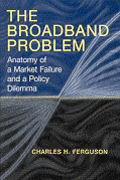
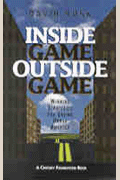

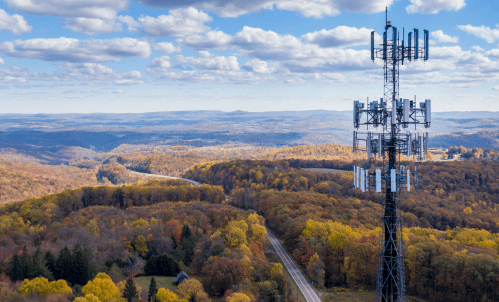
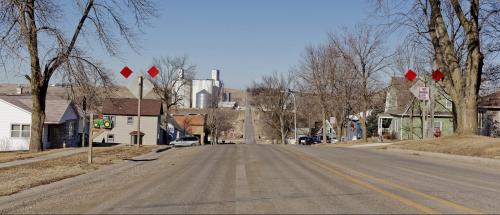
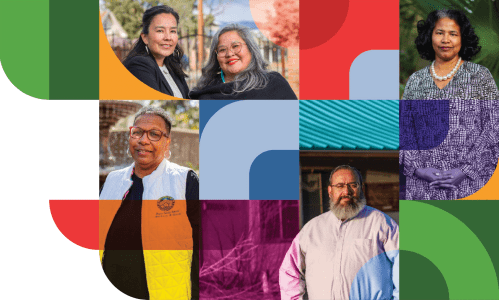
Commentary
Top 5 and bottom 5 US metro areas for broadband subscription
September 22, 2017